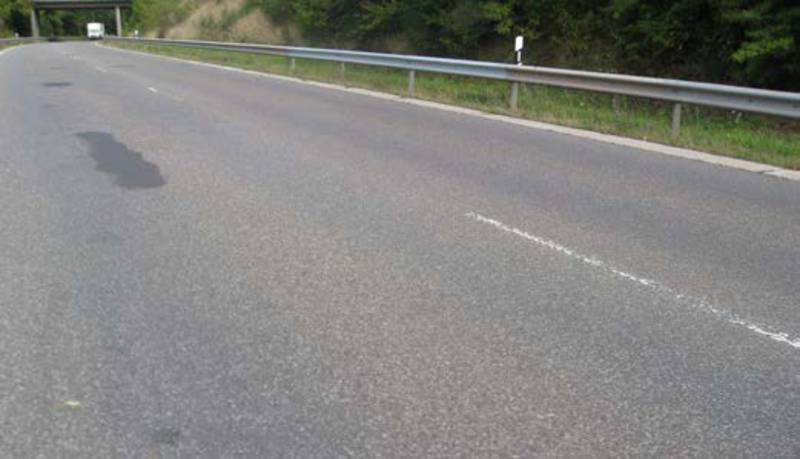Road markings are one of the most cost-effective traffic safety measures available to policymakers in Europe and beyond. By providing much-needed visual guidance, they create a clear and comfortable environment for road users. EU co-funded project COST 331 (European Cooperation in Science and Technology 331) initially demonstrated that road markings increase driver comfort and safety under dry conditions. Building upon the initial findings of COST 331, the Rainvision project showed the beneficial role of road markings for all (but especially older) users during adverse night-time weather conditions.
In addition to its traditional function, the role of road markings in recent years has been seen differently as a result of the advent of semi-automated functions in vehicles. In particular, advanced driver assistance systems (ADAS) such as lane keeping assistance (LKA) rely on the presence of well-maintained markings. Initial research carried out under the auspices of the European Road Assessment Programme (EuroRAP) recommended an intervention and maintenance RL level of 150mcd/m2/lux to ensure that road markings can cater for the needs of both an aging driver population and allow for the optimal functioning of LKA.
A deteriorating picture
Despite the clear signals that road markings will be an increasingly important traffic component for the future, the conditions of road markings on Europe's roads are, in some cases, a cause for concern. Apart from being painfully obvious to the everyday road user, the rather mediocre conditions of many road markings on Europe's roads have also been demonstrated by the results of recent surveys in countries that traditionally have been considered as top performers in terms of road quality.
In 2015, Ramböll performed an extensive survey of the conditions of road markings in Sweden. On the 321 stretches of roads surveyed, it was found that only 43% and 33% of road markings fulfilled the national requirements for dry and wet conditions respectively. Compared with 2011, the proportion of road markings complying with the national requirements had dropped from around 70% to just above 40%. In Finland, a similar survey performed by VTI (Väg- och transportforskningsinstitutet) in 2014 found that only 53% of road markings measured above 100mcd/m2/lux and just 13% were above 150mcd/m2/lux.
A brighter future
To raise awareness of the need for greater maintenance of road markings, the European Road Federation decided last year to begin surveys on European freeways as a means of benchmarking their condition and providing valuable information to road authorities when planning their maintenance activities. In September 2015, more than 370 miles (600km) of motorways were surveyed. In the Flanders regions in Belgium, the survey concluded that approximately 70% of the markings complied with the national specification of RL 150mcd/m2/lux. For the Walloon region, the survey found that 80% complied with the regional specification of 100mcd/m2/lux, which was applicable in 2015. However, measured against the new regional specification of RL 150mcd/m2/lux, which came into force in 2016, only 55% of road markings in Walloon were deemed to be compliant. The next important challenge will be to see how maintenance of road markings can be stepped up across Europe, so that road markings comply with the requirements, thereby providing visual guidance for road users and optimally supporting the functions of ADAS. The examples brought forward show that there are road markings of poor quality in Belgium, Sweden and Finland, but this is also seen in other European countries. As such, it is imperative that all concerned parties come to a greater understanding on how to improve visibility, to ensure that road markings can cater both for the needs of road users and for intelligent cars.
The article was first published in Intertraffic World 2017.

